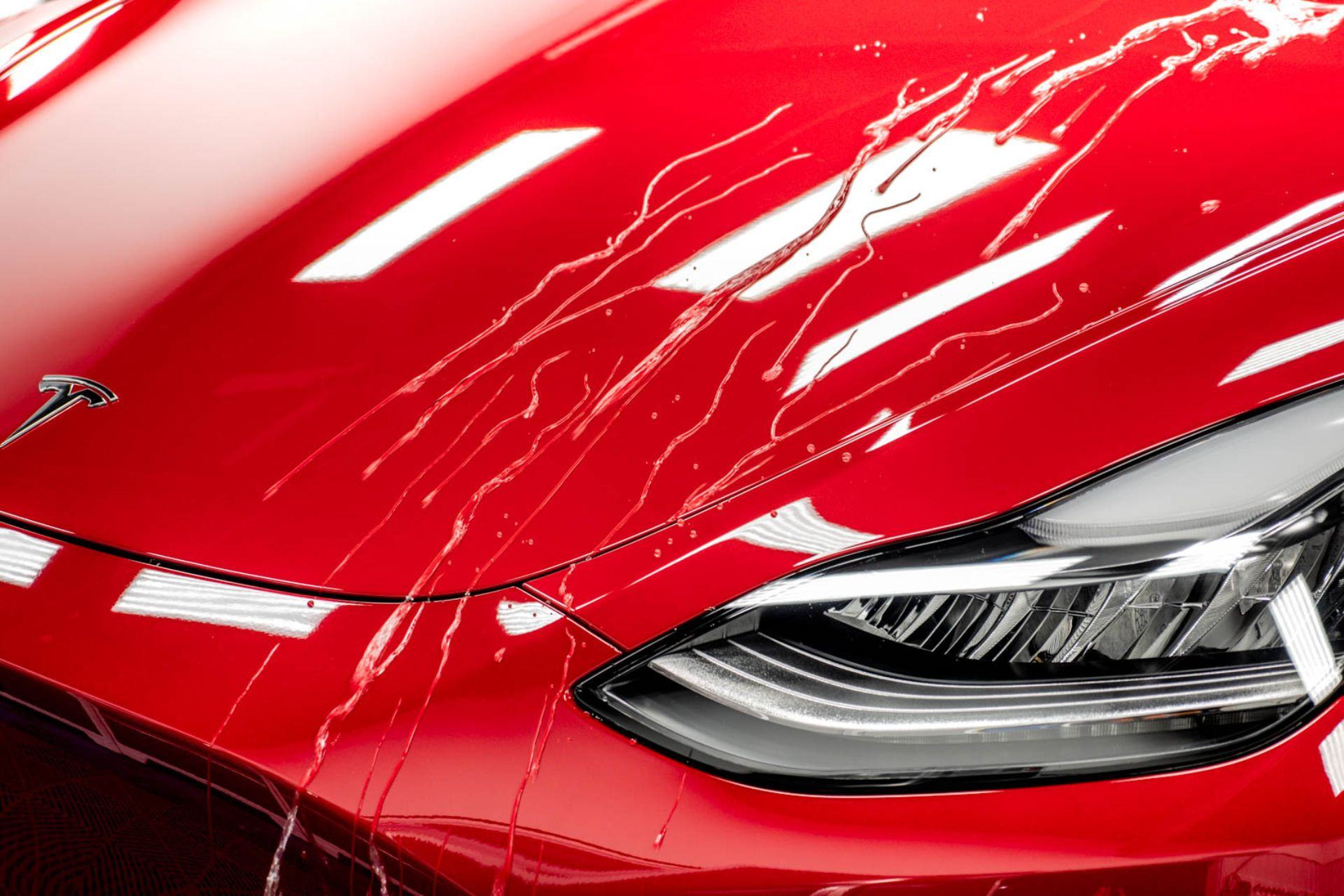A Comprehensive Guide to the Types of Ceramic Finishing on the Market
Ceramic finishings have become a pivotal remedy throughout numerous sectors as a result of their distinct properties and applications. From silica-based solutions recognized for their toughness to hybrid choices that combine several benefits, the selections offered can be frustrating. Comprehending the subtleties of each kind, including their particular benefits and suitable use situations, is vital for making notified decisions. As we discover the distinct attributes and applications of these coatings, the effects for efficiency and long life come to be increasingly noticeable, questioning concerning which kind might finest suit your requirements.
Comprehending Ceramic Coatings
Ceramic coverings are innovative safety options that have actually gotten appeal in various industries, especially in auto and aerospace applications. These layers include a liquid polymer that, when treated, develops a sturdy, hydrophobic layer on the surface of the substratum. This layer provides improved resistance to environmental contaminants, UV radiation, and chemical direct exposure, therefore prolonging the life and visual allure of the underlying material.
The basic part of ceramic coatings is silica, which adds to their solidity and sturdiness. The application process usually entails surface preparation, application of the coating, and treating, which can be achieved with warm or UV light. When treated, ceramic coatings display phenomenal bonding homes, enabling them to adhere strongly to a variety of surfaces, including metals, plastics, and glass.
Along with their protective features, ceramic layers additionally provide ease of maintenance. Their hydrophobic nature reduces the adherence of dirt and crud, making cleaning less complex and much less regular. Overall, the adoption of ceramic coatings represents a substantial innovation in surface defense innovation, providing both useful and visual benefits throughout numerous markets.
Types of Ceramic Coatings
Different sorts of ceramic layers are readily available, each created to meet details efficiency needs and applications - ceramic coating sarasota. One of the most typical kinds include:
Silica-based Coatings: These coverings primarily include silicon dioxide and are recognized for their resilience and chemical resistance. They are extensively made use of in vehicle and commercial applications.
Titanium Dioxide Coatings: Renowned for their photocatalytic residential properties, titanium dioxide finishes are commonly used in settings where self-cleaning and antifungal homes are desirable, such as in building products and vehicle coatings.
Zirconia Coatings: Identified by their high-temperature stability and thermal resistance, zirconia finishings are utilized in applications such as turbine engines and high-performance vehicle components.
Alumina Coatings: Displaying outstanding solidity and thermal stability, alumina layers are frequently used in wear-resistant applications, consisting of cutting tools and industrial equipment. - Auto Detailing
Crossbreed Coatings: Integrating the residential or commercial properties of various products, crossbreed layers use improved performance attributes, making them appropriate for special and demanding applications.
Each kind of ceramic finish offers unique purposes, allowing users to pick the most appropriate option based on details ecological problems and efficiency demands.
Advantages of Ceramic Coatings
Ceramic coatings, in certain, offer numerous benefits that make them increasingly popular amongst makers and consumers alike. These coverings are resistant to scratches, chemicals, and UV rays, making certain that the underlying surface remains safeguarded over time.
In enhancement to sturdiness, ceramic finishes give excellent hydrophobic properties, permitting easy cleaning and upkeep. This water-repellent nature decreases the adherence of dirt, grime, and various other contaminants, which can lengthen the visual charm and functionality of the surface area. Moreover, ceramic coatings can substantially boost thermal resistance, making them perfect for applications that endure heats.

Application Refine
When using ceramic coverings, a careful strategy is crucial to achieve optimal results. A clean surface area makes certain appropriate attachment of the coating.
Once the surface is prepped, the following action is to apply the ceramic layer. This can be done utilizing an applicator pad or a microfiber fabric, ensuring even protection. It is important to operate in little sections to keep control and prevent premature healing. The covering should be applied in slim layers, as thicker applications can cause unequal This Site coatings.
After application, the layer calls for a specific healing time, usually varying from a couple of hours to a full day, depending upon the item. During this moment, it is essential to avoid exposure to dampness or contaminants. Lastly, a mild view it buffing might be required after curing to boost the gloss and get rid of any kind of high places. Complying with these actions vigilantly will take full advantage of the efficiency and long life of the ceramic covering, providing a long lasting protective layer for the surface area.
Maintenance and Longevity
To guarantee the durability and effectiveness of a ceramic finish, normal upkeep is crucial. Ceramic finishings, known for their resilience and protective high qualities, need certain treatment regimens to optimize their life-span and performance. The very first step in maintenance involves routine cleaning with pH-neutral soap, avoiding rough chemicals that can deteriorate the finish. It is suggested to wash the car consistently, ideally every 2 weeks, to stop the build-up of pollutants that might endanger the finishing's description honesty.
In enhancement to routine washing, routine assessments are critical. Search for indicators of wear or damage, such as hydrophobic buildings reducing or surface flaws. If essential, a light polish might be put on renew the finishing without stripping it away.
In addition, the application of a booster spray can improve the finish's hydrophobic results and recover its gloss. This is particularly valuable for coverings that have been in use for a prolonged duration. Eventually, by adhering to these maintenance methods, one can dramatically extend the life of a ceramic coating, making certain that it remains to offer optimum protection against ecological factors and maintain the aesthetic allure of the automobile.
Verdict
